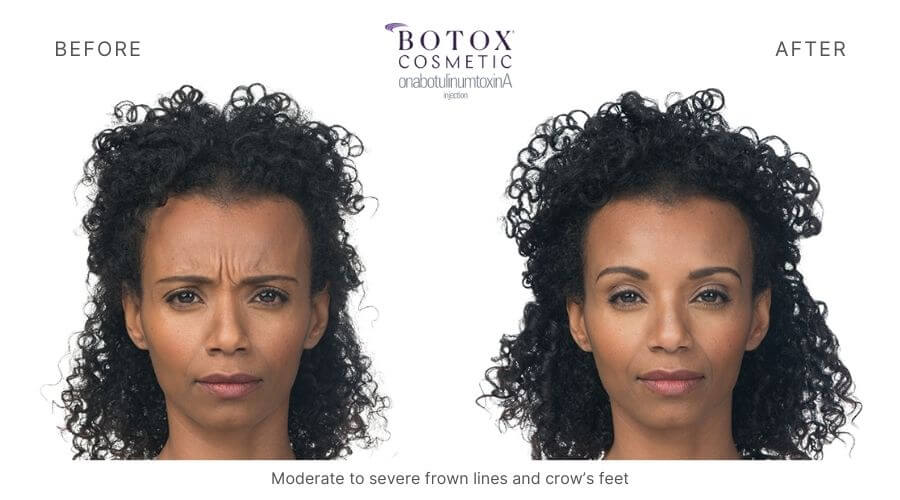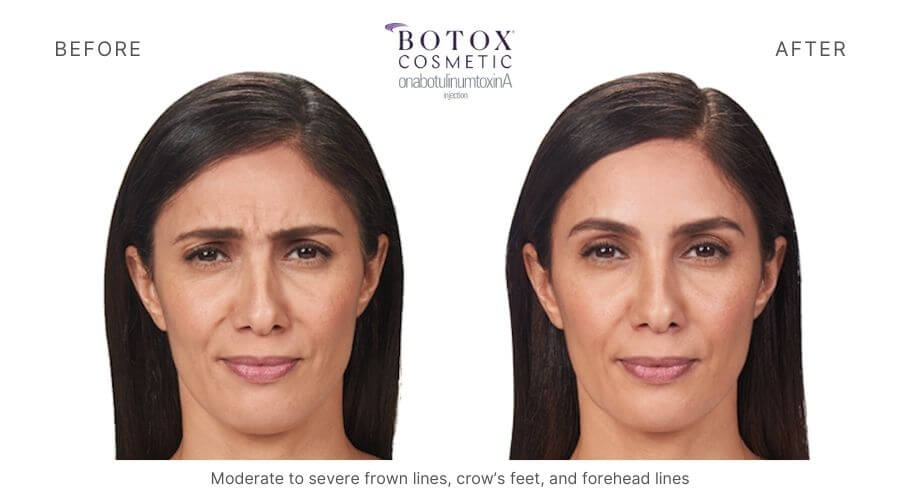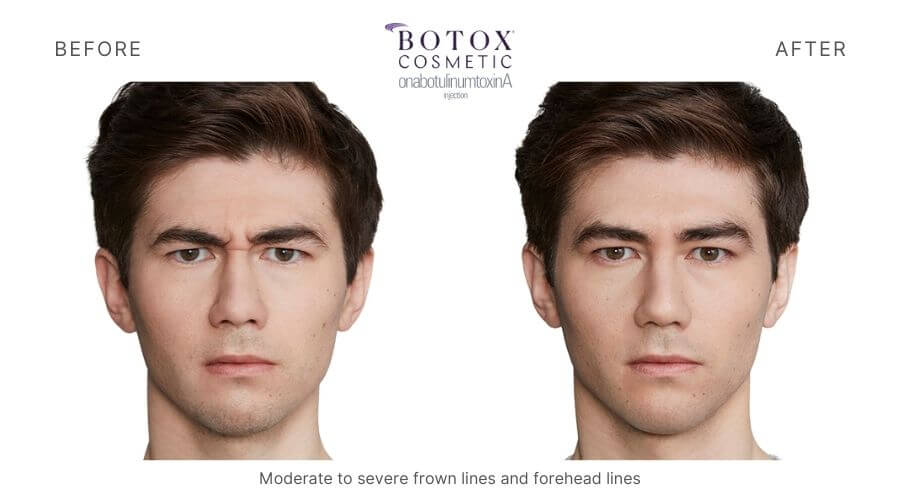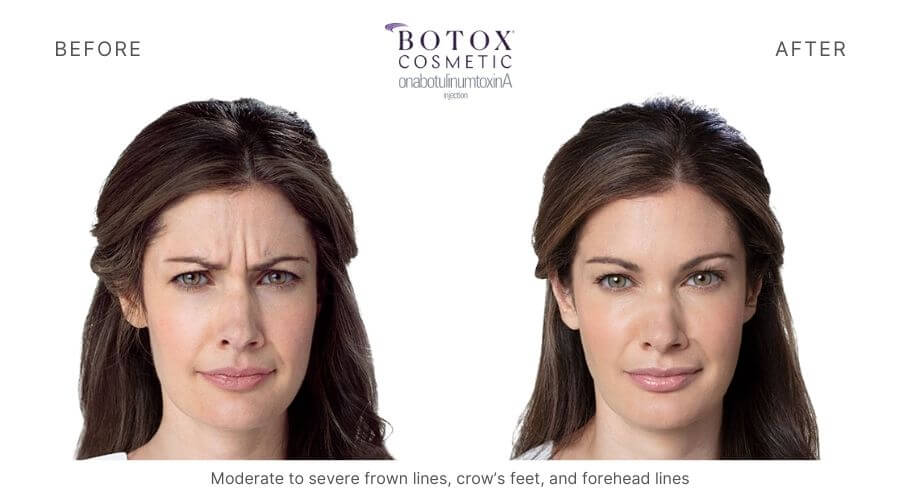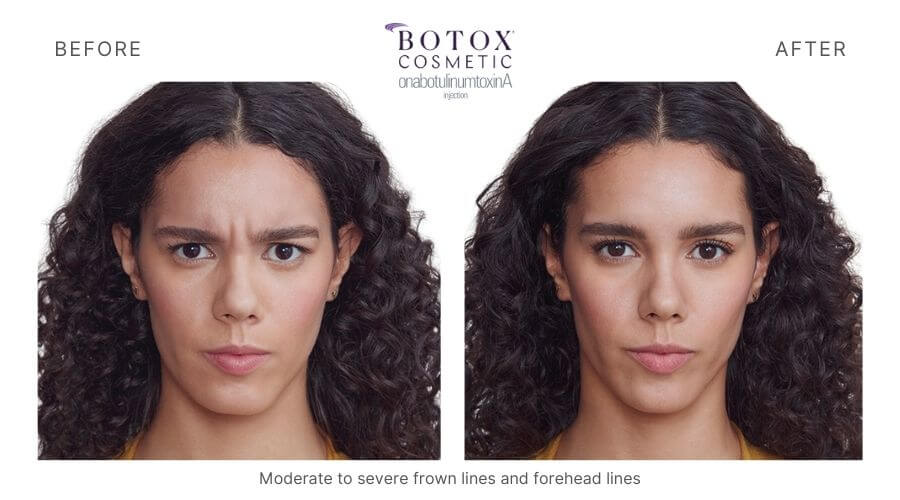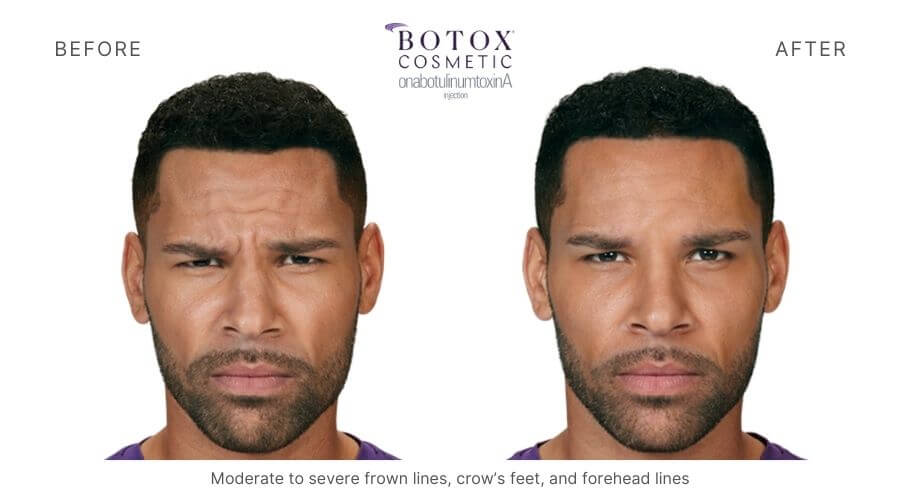Botox Daytona Beach, FL
Look Younger, Feel Refreshed with Expert Botox in Daytona Beach
At Total Anti-Aging and Wellness, we help you turn back time with precision Botox injections that enhance your natural beauty and restore your confidence. Whether you want to soften frown lines, smooth crow’s feet, or target fine lines, our experienced team offers safe, FDA-approved treatments tailored to your aesthetic goals.
Schedule a consultation
"*" indicates required fields
To book an upcoming appointment, please call (386) 293-1575
*By submitting this form you agree to be contacted via phone/text/email. Reply ‘STOP’ to opt-out.
Benefits of Botox Injections
-
Quick, convenient injection treatment
-
FDA-approved as safe and effective
-
Treats common signs of aging, including facial wrinkles, static wrinkles, and fine lines
-
Target frown lines, crow’s feet, and forehead lines
-
Instantly rejuvenate your appearance
-
Natural-looking results
-
Enhances your natural appearance
-
Maintains facial expressions
-
Ideal as a preventative treatment for young adults
-
It also treats health concerns like migraines and excessive sweating
-
Treatments administered by top-rated Daytona medical clinic professionals
-
Injections are given in a luxury facility
Why Choose Total Anti-Aging and Wellness for Botox Near Daytona Beach, FL?
We’re more than just a med spa. Our clinic is a wellness destination backed by clinical experience and real results. We don’t believe in a one-size-fits-all approach. Every Botox treatment is customized based on your facial structure, muscle contractions, and long-term skincare goals. Our team has years of experience working with dynamic wrinkles and static lines to deliver subtle, natural-looking outcomes that last.
Our reputation is a testament to our dedication—ask any member of their family who’s visited us. Plus, we’re proud to implement eco-friendly Botox practices to promote sustainability without compromising quality.
What is Botox and How Does It Work?
Botox is a purified protein derived from the bacterium Clostridium botulinum. It works by temporarily relaxing facial muscles to reduce the appearance of wrinkles caused by repeated expressions—also known as dynamic wrinkles. Common injection sites include the forehead, between the eyebrows (glabellar lines), and around the eyes (crow’s feet).
Unlike plastic surgery, Botox involves no incisions or downtime, and the effects of Botox typically last 3-4 months. We conduct a full consultation to review your medical history, allergies, and ensure the safest and most effective approach.
Learn more about unlocking the hidden benefits of Botox and how Botox is gaining popularity among men.

Popular Botox Treatments We Offer in Daytona Beach
Forehead Lines
Crow’s Feet
Frown Lines
Lip Lines & Lip Flip
Brow Lift
Masseter Muscle Reduction (Facial Slimming)
Preventative Botox for Younger Patients
Every injection is precise, focusing on improving skin texture, minimizing fine lines, and preventing new wrinkles from forming.

Daytona Beach Botox Results: What to Expect
Our patients love how quick and effective Botox is. Most people return to their daily activities immediately after treatment. Within 3–7 days, you’ll begin to see a visible reduction in the appearance of wrinkles and improved skin texture. We advise avoiding strenuous exercise for 24 hours and touching the injection sites.
Not sure what post-treatment care looks like? Check out our guide: Can You Wear Makeup After Botox?

Is Botox Right for You?
If you’re looking to reduce the appearance of wrinkles without undergoing plastic surgery, Botox may be the ideal solution. We consider each client’s medical history, wellness needs, and allergies during your initial consultation to ensure it’s safe and effective.
Many of our clients also explore complementary treatments like dermal fillers to restore lost volume and boost collagen production.
Botox Pricing and Packages
We offer competitive pricing on Botox injections, with rates based on the number of units and treatment areas. Looking for full-face rejuvenation or bundling services with fillers or weight loss support? Ask about our package deals during your consultation.
Enhance Your Aesthetic Journey
Combine Botox with treatments that enhance skin texture, stimulate collagen production, and improve overall wellness. Our team will work with you to align your Botox treatment with your long-term aesthetic goals.

Other Neurotoxins and Fillers We Offer at Total Anti-Aging & Wellness
In addition to Botox, Total Anti-Aging & Wellness is proud to offer both Dysport and Xeomin in Daytona Beach, Florida.
Dysport
Dysport, like Botox, is a popular anti-aging injectable. It is often used to treat frown lines between the eyebrows. For adults who want to look youthful and natural, Dysport is known as a natural-looking and fast-acting injectable. Dysport treatments temporarily reduce moderate to severe frown lines between the eyebrows by reducing specific muscle activity. In addition, it can also be used in other areas of the face and body as observed as effective by your injection specialist.

Xeomin
Like Botox and Dysport, Xeomin is made from the same Botulinum Toxin Type A. This anti-aging treatment is injected into the muscles of the face for temporary muscle relaxation. Xeomin is known for improving the appearance of moderate to severe frown lines or glabellar lines in adults. In addition, Xeomin treats forehead creases or crow’s feet around the eyes. It receives praise for being the most purified neurotoxin available.
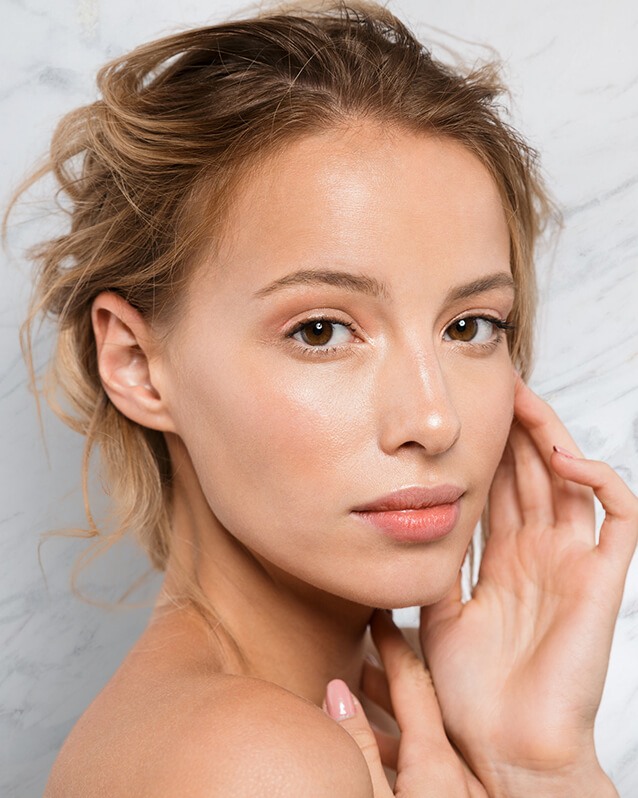
We Serve and Welcome Residents from Surrounding Areas
At Total Anti-Aging and Wellness, we proudly serve residents from various areas around Daytona Beach, FL. Our commitment to providing exceptional Botox treatments and personalized care extends to clients from the following cities:
- Ormond Beach
- Daytona Beach
- Port Orange
- New Smyrna Beach
- Holly Hill
- South Daytona
- Ponce Inlet
- DeLand
- Edgewater
- Palm Coast
- Deltona
- De Leon Springs
Botox FAQS
What is the best age to get Botox?
While you can begin Botox treatments as a young adult, the best time to start is typically in your 30s. Most people prefer to begin preventative injections in their 20s and 30s to avoid negative side effects. However, there is no definitive answer to when the best age is for Botox. Once you start noticing fine lines, that is the best time to start, whatever age you may be.
Where does the Botox go once it wears off?
Months after your injection, the Botox components are broken down into harmless particles called amino acids. These broken-down amino acids are then excreted from the kidneys as waste or used in other proteins.
Book Your Botox Appointment in Daytona Beach
Start your journey toward youthful, radiant skin today. Call or book online to schedule your Botox consultation. Experience the difference Total Anti-Aging and Wellness delivers in every injection, every time.
Real Results: Daytona Beach Botox Reviews & Testimonials
Whether you’re new to Botox or a regular client, your experience at Total Anti-Aging and Wellness will be nothing short of exceptional. Clients regularly compare our work favorably with other top-tier providers like Goldfingers Aesthetics. Our patient-first approach is a testament to the results we deliver.
Schedule a consultation
"*" indicates required fields
For a quicker response or to book an upcoming appointment, please call (386) 293-1575.
*By submitting this form you agree to be contacted via phone/text/email. Reply ‘STOP’ to opt-out.DISCLAIMER
*You agree to be contacted by Total Anti-Aging and Wellness by submitting this form; regarding marketing messages by text, phone, or email. We commit to respecting and protecting your private information. At any time you, are able to unsubscribe from these messages. For more information regarding our Privacy Policy, please review here.
**Results may vary. We are reputable for complete customer satisfaction for completed treatments. Before and after images reflect real results from real patients, although individual results may vary. No treatment is promised to provide permanent results. A guarantee is neither provided nor implied. Statements estimating treatment duration and the number of treatments required are based on the typical experience of our patients, however, individual experiences may vary.
Resource Links:
Botox: Cosmetic and medical uses, procedures, and side effects (medicalnewstoday.com)
Botox injections – Mayo Clinic

